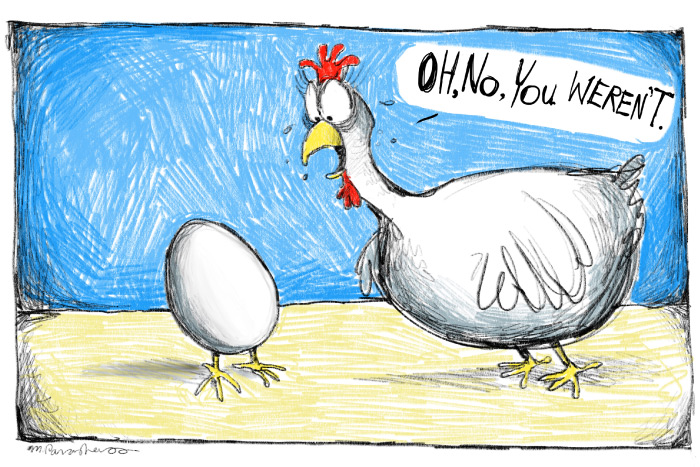Indigenous Day: Who Were the Hamptons First Occupants?

One of the really nice things about time-lapse photography is that you can watch something being built and unbuilt.
For example, a time-lapse photo sequence of a skyscraper going up can reduce two years of construction to two minutes. You see the site empty, an open field, and then you see the sky sputtering, the trucks and cranes popping in and out, whizzing and zigzagging around as up and up and up as if, by magic, they cause this building to rise to its full glittering height. It blinks on and off in the sun, shade, day and night, until finally, the time-lapse photography slows to a halt.
But then there is the fun thing of unbuilding it. Put the video in reverse. The trick is exposed. These are still photographs, one an hour, and backwards, the building is disassembled and now we are back to an empty field. Voila.
I thought about this the other day when I learned that the Southampton School Board is considering changing the name of Columbus Day to Indigenous Day on its official calendar.
Honor the Indians, the indigenous people.
Well, frankly, were they the original indigenous people? Why not whiz back even further?
And who does the human race, this arrogant race, think it is to decide who is indigenous and who not?
In recent years here on the East End, humans bandy about the word indigenous about everything. Bamboo was brought here from the Far East by landscapers. Its roots hog the underground so the indigenous plant life here can’t deal with it. We have mute swans. Interlopers. These beautiful creatures were brought here a hundred years ago from Belgium to decorate the ponds gazed upon by the rich. They are scaring away all the indigenous ducks and seagulls and water snakes. The swans, the state has decided, should be either shot or sent back to where they came from.
We know what the East End looks like. It is humans and deer and cedar trees and seabirds and seals. Bah to the newly arrived Asian carp, a fish that eats up all competing fish wherever you drop them. Bah to ticks, which arrived here on the backs of nonindigenous sheep rounded up from some other place. Bah to the hothouse orchids, brought in from China to shoulder away the native sunflowers.
Well, let’s wind that time-lapse camera back and back and back here in the Hamptons even further. The McMansions pop away and the potato farms appear. The potato farms pop away and the swamps and woods appear. Pilgrims go and come. Then for a while all this place is woods, then before that, open meadow with small shrubs, and before that a deep forest. Indians were here. Before that, the cave people. And before that, monkeys, and creatures from Mars the monkeys fought off and whatever.
Let’s go back further. The floods come. Noah sends all the animals out from the ark backwards, then takes the ark backwards out to sea. The forests reappear from under the crunch of the third ice age. Then the second ice age goes and comes, and before that, some palm trees and pelicans—were they really here? And before that no creatures at all except giant dinosaurs. Were they the indigenous species? They’ve gone un-extinct. Now they are everywhere, and before that are wiped out by, what, flying fish?
You know what you really get when you go way, way back? You get the earth hurling back into the sun, the sun hurtling back into the Big Bang, and before that?
Well it took seven days. It was Him. Everything after Him is an interloper, an intrusion, and a something-from-elsewhere who should go-back-to-where-they-came from.
Thank goodness we have humans to tell us what to do.
And why not. Himself is off elsewhere finding amusing things to do with other galaxies He can make go backwards and forwards.
The moral? Wherever you go, whatever creatures you see, give them a little chuck under the chin, a pat on the head, a kiss on the cheek and a hug with open arms. We’re all into this together. And we’ll all go when we go.
Everybody. Stop meddling.



